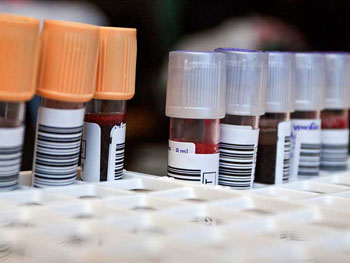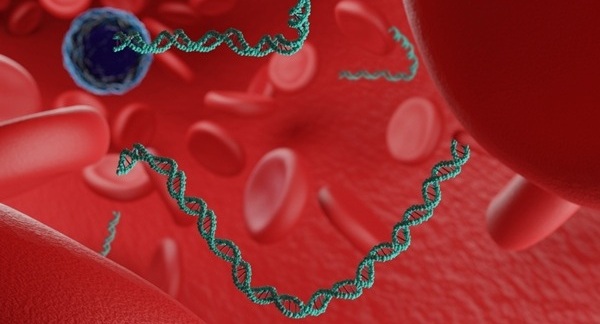New Blood Test Approach Helps Identify or Rule-Out Heart Attack
By LabMedica International staff writers
Posted on 13 Jun 2016
Two new studies have suggested that modified algorithms using the high-sensitivity cardiac troponin I (hs-CTrop-I) assay could help more quickly identify or exclude the diagnosis of a heart attack for patients reporting to an emergency department (ED) with suspected cardiac chest pain.Posted on 13 Jun 2016
Current American Heart Association (AHA) guidelines recommend serial measurements of CT at presentation and 3-6 hours after symptom onset. As a result, most patients require prolonged assessment prior to safe discharge. This diagnostic approach leads to a large number of costly, potentially avoidable hospital admissions. Strategies that could safely identify a large proportion of patients suitable for discharge after a single sample of blood is taken on ED arrival would have major benefits to health care systems.

Image: New research suggests using an hs-CTrop-I assay can speed up diagnosis of a heart attack (Photo courtesy of Medscape).
In one study, Edward Carlton, PhD, North Bristol National Health Service Trust (Bristol, England), and colleagues determined the diagnostic performance of low concentrations of hs-CTrop-I in patients with suspected cardiac chest pain and an electrocardiogram showing no ischemia as an indicator of acute myocardial infarction (AMI; heart attack). The researchers analyzed 5 international (Australia, New Zealand, and England) observational cohort studies with outcome assessment and 30-day follow-up. A total of 3,155 patients presenting with symptoms suggestive of cardiac ischemia were included in the analysis. Eligible patients had a nonischemic electrocardiogram determined and hs-CTrop-I measured at presentation. The lower limit of detection (1.2 ng/L) as well as rounded cutoff concentrations for a hs-CTrop-I assay were used in the analysis.
AMI developed in 291 individuals (9.2%). hs-CTrop-I concentrations that were below the limit of detection identified 19% of patients as being potentially suitable for immediate discharge, with a high diagnostic performance in excluding AMI.
“To place these results in the context of absolute numbers of presenting patients, a number-needed-to-diagnose approach shows that, for the 1.2 ng/L cutoff level, for every 10,630 patients assessed: 1,990 would be correctly reassured that they are not having an AMI, 10 would be falsely reassured, and 8,630 would undergo further investigation, of whom 990 would ultimately receive a diagnosis of AMI. We also demonstrate that cutoff values above the lower limit of detection may not have the required diagnostic performance for clinical implementation,” the authors wrote.
In the second study, Dirk Westermann, MD, University Hospital – Medical Center Hamburg-Eppendorf (Hamburg, Germany) and colleagues aimed to develop an algorithm for accurate and rapid exclusion and diagnosis of AMI after 1 hour. Current European Society of Cardiology guidelines recommend the use of hs-CTrop assays on admission and after 3 hours. Recent studies suggest that AMI can be diagnosed earlier than 3 hours, when values below the 99th percentile are used as cutoff values.
This study investigated the application of the CTrop-I assay for the diagnosis of AMI in 1,040 patients presenting to the emergency department with acute chest pain. Results were validated in 2 independent cohorts of 4,009 patients. The researchers found that with application of a new low hs-CTrop-I cutoff value of 6 ng/L, the rule-out algorithm showed a high negative predictive value of 99.8% after 1 hour for AMI, allowing for accurate and rapid exclusion of AMI. The l- and 3-hour approaches yielded results that were not statistically different. Similarly, a rule-in algorithm based on hs-CTrop-I levels provided a high positive predictive value with 83%. Application of the cutoff of 6 ng/L resulted in lower follow-up mortality (1%) compared with the routinely used 99th percentile (3.7%) for this assay.
“This cutoff [6 ng/L] enables a rapid triage that excludes AMI and a faster initiation of evidence-based treatment for patients diagnosed as having AMI,” the authors wrote.
The two studies, by Carlton E et al and by Neumann JT et al, were published online June 1, 2016, in the journal JAMA Cardiology.
Related Links:
North Bristol National Health Service Trust
University Hospital – Medical Center Hamburg-Eppendorf













